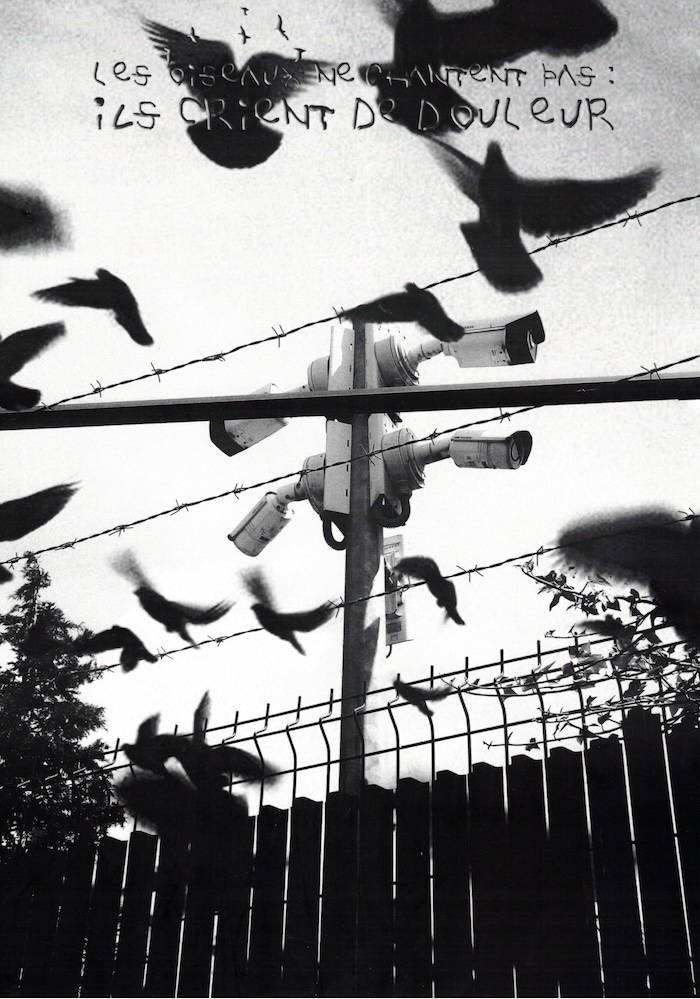
The Annotated Reader (USB)
Jonathan P. Watts, Ryan Gander
Usb version of The Annotated Reader, a publication-as-exhibition and exhibition-as-publication featuring 281 creative personalities responses and remarks on a chosen piece of writing.
Ryan Gander and Jonathan P. Watts invited a range of people, encompassing contemporary artists, designers, writers, institutional founders, musicians and so on – to imagine they’ve missed the last train.
“Is there one piece of writing that you would want with you for company in the small hours?” With this in mind, we asked people to submit a text with personal annotations and notes made directly onto it.
With over 281 contributions collected over the last few months, we have gathered a selection of contributors including Marina Abramović, Art & Language, Paul Clinton, Tom Godfrey, Ragnar Kjartansson, Sarah Lucas, Alistair Hudson and Hans Ulrich Obrist. The annotation adds a further layer, making each piece unique and a historic record of our current times.
Language: English




